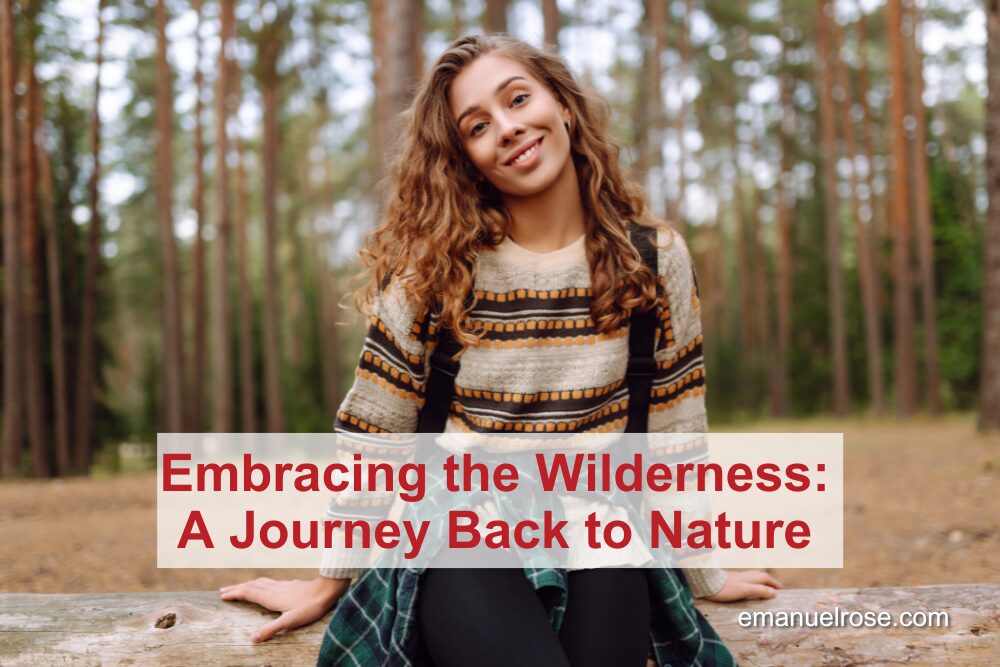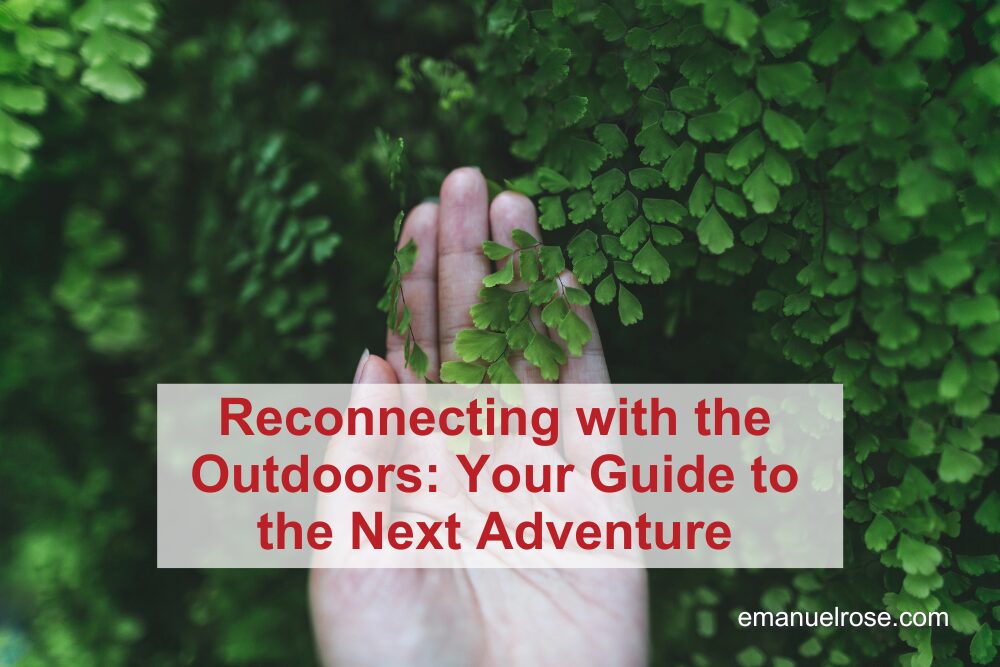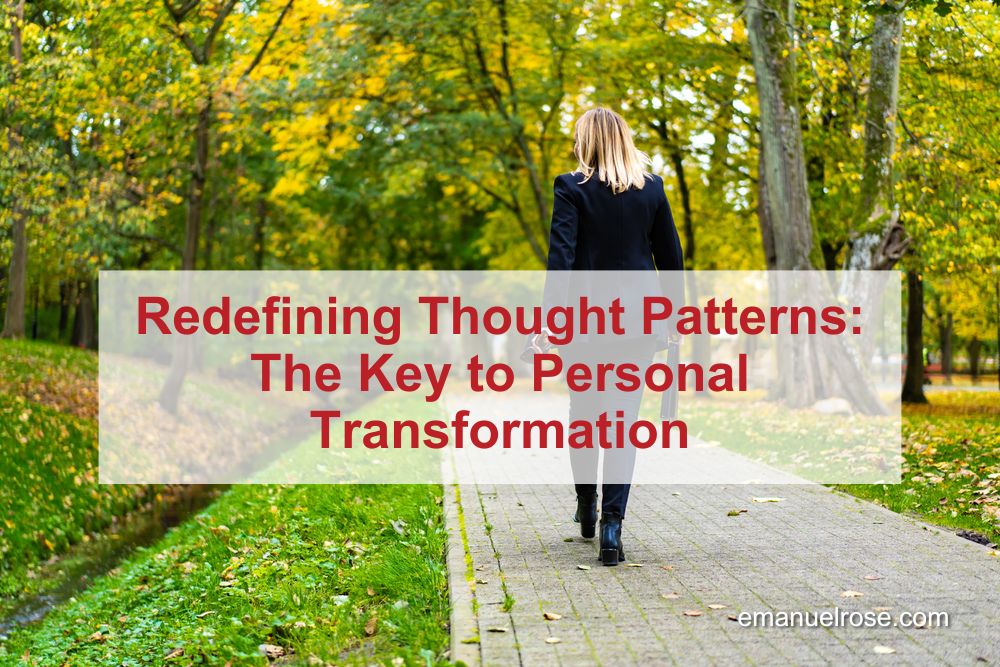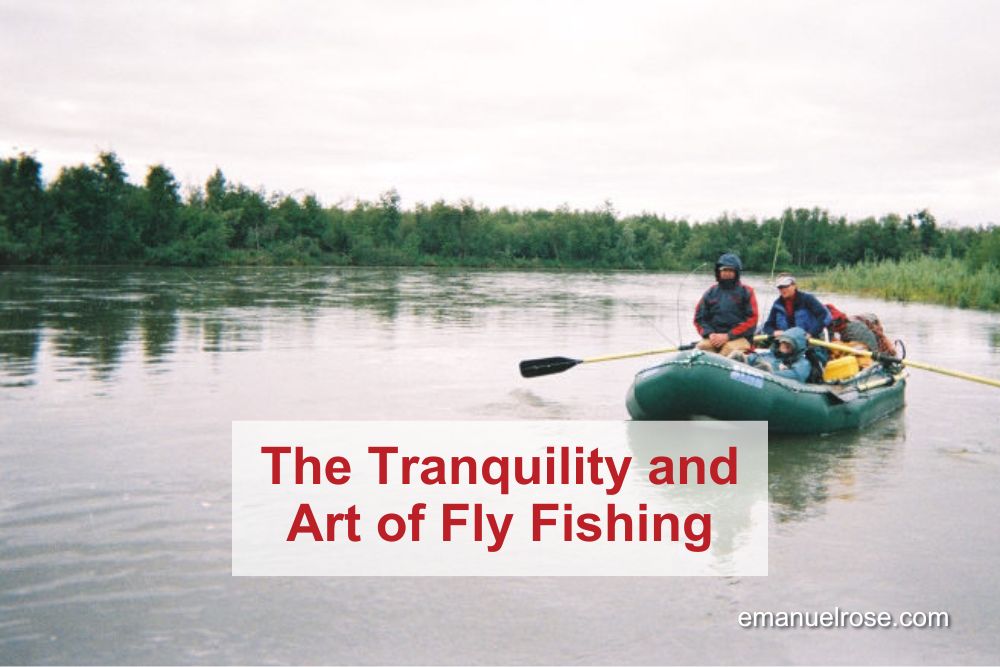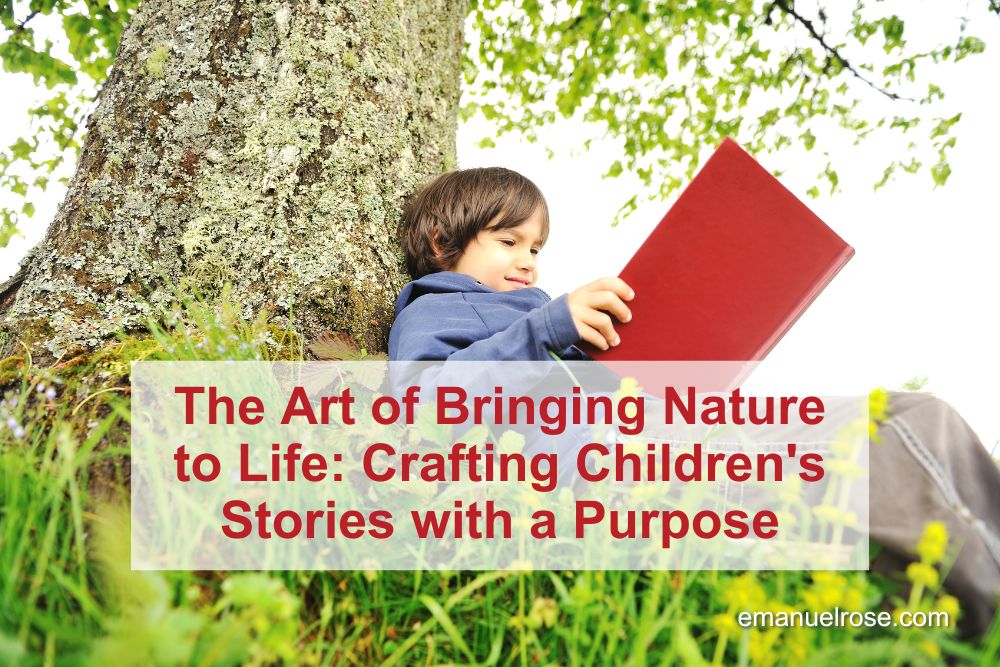Embracing the Wilderness: A Journey Back to Nature
In a world dominated by screens and endless distractions, the call to reconnect with nature has never been more urgent. Many find solace, inspiration, and tranquility in embracing the natural world, which is precisely what a nature-centric lifestyle promises. It’s a path that can profoundly benefit our mental well-being, enhance leadership skills, and ignite creative sparks. As we explore the essence of this lifestyle, let’s delve into the integral aspects that make the natural world so alluring and beneficial. The Art of Storytelling and Photography in Nature Capturing the beauty of our natural surroundings through photography and storytelling allows us to immortalize the essence of our adventures. While smartphones with high-resolution cameras make it easier than ever to snap memorable images, sometimes the act of being present creates the most lasting memories. Experiencing phenomena like the northern lights or witnessing a breathtaking landscape encourages us to savor the moment, whether we choose to capture it through a lens or simply gaze in wonder. Writing poetry or narratives to accompany these images can add additional meaning and depth for those who document their journeys. Creating photo books or writing stories honors the moments we’ve captured and enriches the storytelling tradition, which remains a vital part of human expression. Embracing the Changing Seasons Through Road Trips One of the joys of engaging with nature is observing its seasonal transformations. Each season offers a fresh canvas, rich with opportunities for exploration. Planning road trips throughout the year unveils various landscapes and activities—the vibrant fall foliage, winter’s serene snowscapes, or spring blossoming. Experiencing these changes firsthand fosters a profound connection with the cyclical nature of the world. Traditions play a significant role in this engagement. Annual trips, whether for fishing, hunting or simply enjoying the starlit sky, provide continuity and a sense of rhythm to our lives. Such experiences remind us of our small place in the vastness of nature and reconnect us with the cycles that have governed human existence for millennia. Discovering Hidden Sanctuaries and Secret Spots Adventure often leads to discovering secret spots—personal sanctuaries imbued with peace and reflection. These places might be hidden along a creek or tucked away in a forest, offering tranquility and a private connection with nature. Such spots encourage introspection and meditation, fostering a deeper appreciation for solitude and life’s simple pleasures. For many, these secret places form part of daily or weekly rituals—a specific tree or rock that becomes a meditation spot. These meaningful locations serve as retreats from the hectic pace of life, grounding us with their timeless presence. Balancing Work and Play in the Great Outdoors In our world, finding the balance between work and leisure in nature is crucial. Many can now integrate work into their natural surroundings, and remote work possibilities are expanding. Innovations like portable internet and solar energy allow us to set up offices in the wilderness, ensuring productivity without sacrificing the spirit of adventure. Planning is key. By scheduling work tasks around outdoor excursions, we prioritize what truly matters. The blend of technology and outdoor exploration fosters a lifestyle where professional and personal growth go hand in hand. The Value of Local Knowledge Engaging with locals enriches the outdoor experience. Whether it’s a friendly conversation in a local fly shop or learning from seasoned adventurers, these interactions offer invaluable insights. Locals often hold the best-kept secrets, from ideal fishing spots to scenic hiking trails, and sharing information cultivates a sense of community and mutual respect. The Timeless Appeal of Road Trips and Adventure Road trips are more than just journeys; they are a return to a fundamental human desire for exploration. The allure of the open road, the promise of unknown places, and the thrill of discovery are embedded in our cultural and ancestral roots. Today’s wealth of information and advanced gear enables us to chase adventures safely and knowledgeably, creating lasting memories and fulfilling ancient impulses to wander and explore. In a world where digital interactions regularly overshadow real-life experiences, the call to be “nature bound” resonates deeply. It’s an invitation to disconnect from screens and reconnect with the wonders of the natural world—where the pace is slower, the air purer, and the experiences richer. So set your sights on the horizon, plan that road trip, capture the beauty in words and pixels, and allow the wilderness to craft its stories upon your soul. We appreciate Rick Saez’s insights on how embracing the wilderness enriches our lives. Engaging with nature fosters creativity and enhances mental health and leadership skills. Watch the Nature Bound Podcast Featuring Rick Saez: youtu.be/NLoJkfwvvVg Get to know Rick Saez: linkedin.com/in/ricksaez
Embracing the Wilderness: A Journey Back to Nature Read More »

